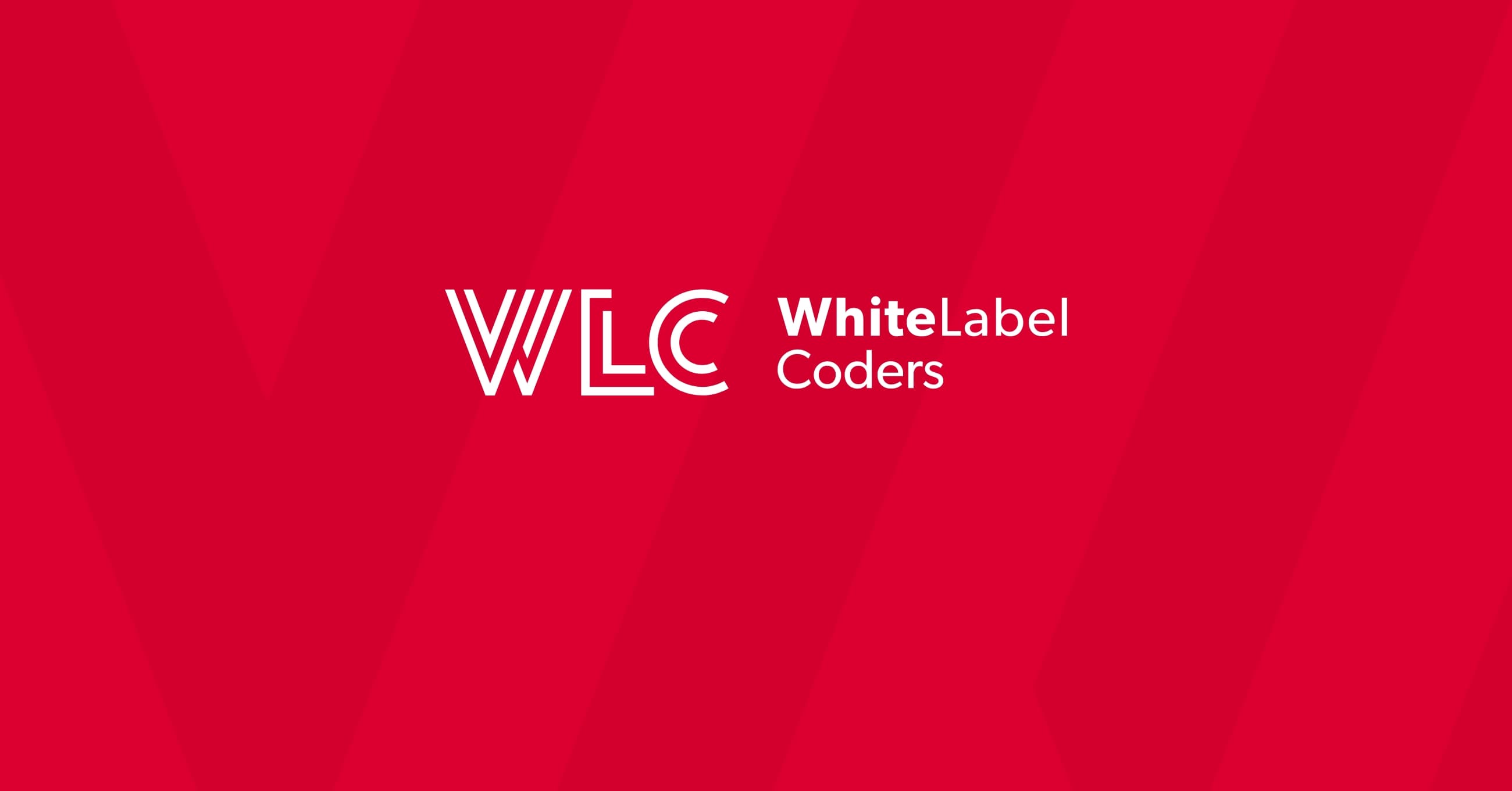Category: SEO AI
What causes technical debt to accumulate on affiliate comparison sites?

Technical debt accumulates on affiliate comparison sites when development teams take shortcuts to meet tight deadlines, creating code that works temporarily but causes long-term problems. This happens frequently in affiliate marketing where quick launches and constant updates are priorities. These shortcuts eventually slow down your site, hurt SEO rankings, and reduce conversion rates that directly impact your revenue.
What exactly is technical debt and why does it hurt affiliate sites?
Technical debt refers to the extra work created when developers choose quick, temporary solutions instead of proper code architecture. Think of it like borrowing money – you get immediate results but pay interest over time through slower performance, harder maintenance, and more bugs.
For affiliate comparison sites, technical debt creates specific problems that directly affect your bottom line. Your site becomes slower to load, which Google penalises in search rankings. Pages take longer to update when you need to add new casino bonuses or betting odds. Your development team spends more time fixing problems instead of building new features that could increase conversions.
The competitive nature of affiliate marketing makes this worse. You’re constantly under pressure to launch new landing pages, update promotional content, and integrate with different operators. When every day of delay means lost revenue, teams often choose solutions that work now but create problems later.
What causes technical debt to pile up on affiliate comparison sites?
Rushed development cycles are the biggest culprit behind technical debt accumulation. Affiliate sites operate in fast-moving markets where promotional offers change weekly and new operators launch regularly. This constant pressure to deliver quickly leads developers to implement quick fixes rather than scalable solutions.
Frequent content updates compound the problem. Your team needs to constantly refresh casino reviews, update bonus terms, and modify comparison tables. Without proper content management systems, these updates often require custom code patches that create inconsistencies across your site.
Third-party integrations add another layer of complexity. Affiliate sites typically connect to multiple operator APIs, payment processors, and tracking systems. When these integrations are built hastily, they create dependencies that make future changes more difficult and time-consuming.
The pressure to launch new landing pages quickly also contributes significantly. Each new page might use slightly different code structures or design patterns. Over time, this creates a patchwork of different approaches that becomes increasingly difficult to maintain and optimize.
How does technical debt actually impact your affiliate site’s performance?
Technical debt manifests as slow loading times that directly hurt your conversion rates and search engine rankings. Pages with messy code take longer to render, especially on mobile devices where many affiliate users browse. Google’s Core Web Vitals metrics penalise slow sites, reducing your organic traffic.
Your bounce rates increase when visitors encounter buggy functionality or slow page transitions. This is particularly damaging for affiliate sites because users often compare multiple options quickly. If your comparison tables load slowly or filter functions don’t work properly, users move to competitor sites.
SEO penalties accumulate as technical debt affects site structure, internal linking, and page speed. Search engines struggle to crawl sites with inconsistent code architecture. Your rankings drop for competitive affiliate keywords, directly reducing the organic traffic that drives most affiliate revenue.
Development bottlenecks become more frequent as your codebase becomes harder to modify. Simple changes like updating bonus terms or adding new operators require more developer time. This slows your ability to respond to market opportunities and promotional campaigns.
What are the warning signs that technical debt is building up?
Development tasks that used to take hours now require days or weeks to complete. Your team spends increasing amounts of time debugging issues instead of building new features. Simple content updates require developer involvement when they should be handled by marketing teams.
Site performance metrics show declining trends. Page load speeds increase gradually, Core Web Vitals scores worsen, and mobile performance becomes inconsistent. You might notice more user complaints about site functionality or increased support tickets about technical issues.
Your development team becomes reluctant to make changes because they’re unsure what might break. Testing takes longer because changes in one area unexpectedly affect other parts of the site. Code reviews reveal inconsistent patterns and approaches across different sections.
Revenue indicators also signal technical debt problems. Conversion rates decline as user experience degrades. Organic search traffic drops due to performance penalties. The time between identifying market opportunities and launching corresponding landing pages increases.
How can you prevent technical debt from accumulating in the first place?
Implement proper development workflows that prioritise code quality alongside speed. Use modern frameworks that provide structure and consistency across your affiliate platform. Establish best practices in programming that all team members follow, ensuring new features integrate cleanly with existing systems.
Create centralized content management systems that allow non-technical team members to update casino information, bonus details, and comparison data without requiring custom code changes. This reduces the pressure on developers to create quick fixes for content updates.
Plan for scalability from the beginning by choosing architecture that can handle growth in traffic, content, and integrations. Use proper database design that supports the complex relationships between operators, bonuses, and user data that affiliate sites require.
Regular code maintenance should be part of your development schedule. Allocate time for refactoring and optimization alongside feature development. This prevents small issues from compounding into major technical debt problems. Consider implementing automatic testing to catch issues early in the development cycle.
Invest in automated testing and deployment processes that catch problems early. This allows your team to move quickly while maintaining code quality. Proper monitoring helps identify performance issues before they affect user experience and search rankings. When working with development teams, understanding how to work with an outsourcing company can help establish clear processes that prevent technical debt accumulation.
Managing technical debt requires balancing speed with sustainability. While affiliate marketing demands quick responses to market opportunities, building on solid technical foundations ultimately supports faster growth and higher profitability. Working with experienced developers who understand the benefits of standardizing structural design work can help you maintain clean, scalable code that supports long-term business growth.

